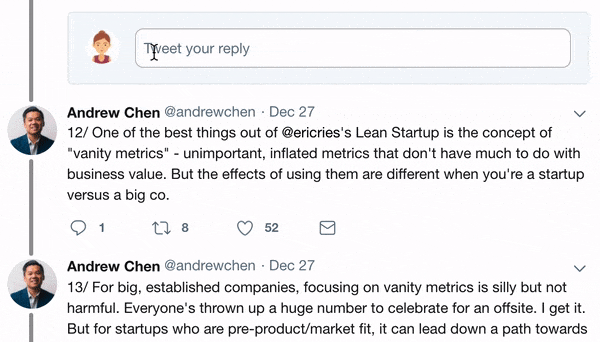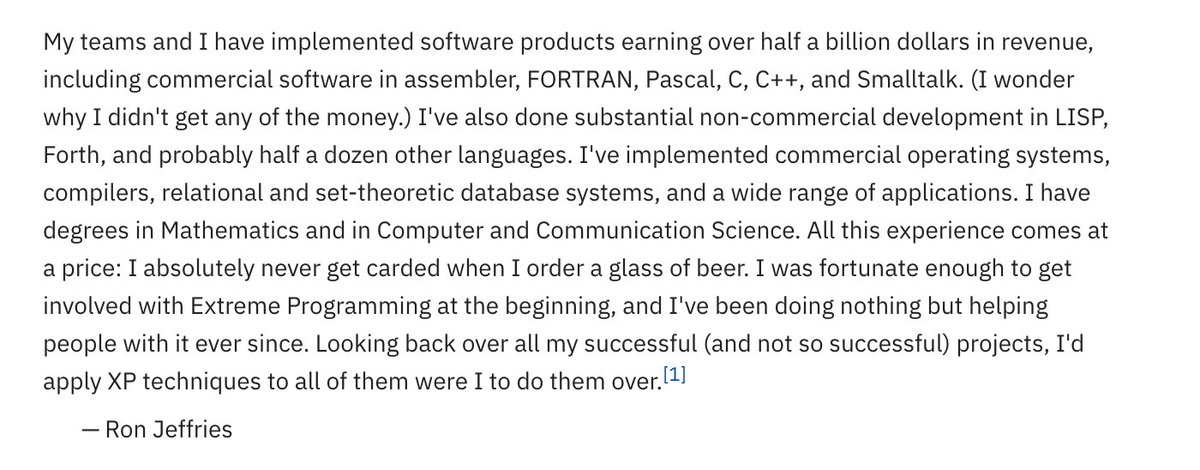
Hardest things is CS, a thread:
1. Cache invalidation
2. Naming things
3. Off-by-one errors
4. “Back” button
5. Smooth scroll
6. Remembering scroll position
7. Smooth web animations
8. Sound in a video conference
9. Email layout
10. Aligning text next to the icon
[1/4]
1. Cache invalidation
2. Naming things
3. Off-by-one errors
4. “Back” button
5. Smooth scroll
6. Remembering scroll position
7. Smooth web animations
8. Sound in a video conference
9. Email layout
10. Aligning text next to the icon
[1/4]
11. File paths with spaces
12. Remembering “Remember me”
13. Not writing yet another package manager
14. Logging in Java
15. Managing dependencies
16. Building programs
17. Text selection in PDF
18. Estimating time in progress bars
19. Not stealing focus
[2/4]
12. Remembering “Remember me”
13. Not writing yet another package manager
14. Logging in Java
15. Managing dependencies
16. Building programs
17. Text selection in PDF
18. Estimating time in progress bars
19. Not stealing focus
[2/4]
20. Writing to a file (reliably)
21. Parsing XML (reliably)
22. Switching video modes in Windows
23. Looking for the path where Visual Studio was installed
24. Remembering which monitor window should open on
25. Syncing files in iCloud
26. Smooth window resizing
[3/4]
21. Parsing XML (reliably)
22. Switching video modes in Windows
23. Looking for the path where Visual Studio was installed
24. Remembering which monitor window should open on
25. Syncing files in iCloud
26. Smooth window resizing
[3/4]
27. Pairing Bluetooth headphones
28. Color spaces
29. Text input
30. Text output
31. Printers. Everything about printers
32. Exiting vi
33. Editing tweets
34. Time zones
[4/4]
28. Color spaces
29. Text input
30. Text output
31. Printers. Everything about printers
32. Exiting vi
33. Editing tweets
34. Time zones
[4/4]
• • •
Missing some Tweet in this thread? You can try to
force a refresh




